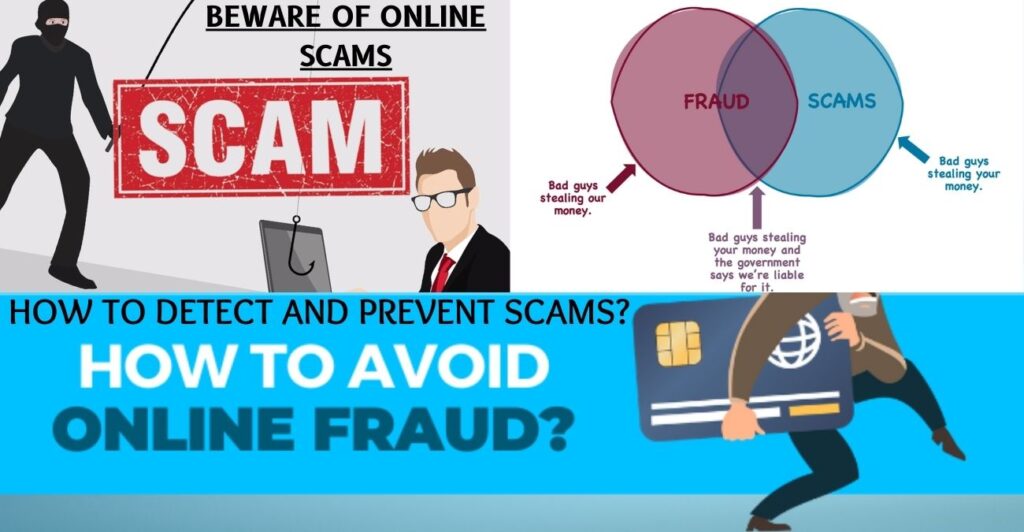Online payment fraud: Beware of these five most common scams in India that everyone should know to protect their Money.

Online payment scams have become increasingly prevalent in recent years, as more and more individuals conduct transactions and engage in commerce through the internet. These scams can take many forms, ranging from phishing schemes to identity theft and fraudulent transactions. In this essay, we will discuss the various types of online payment scams, how they operate, and the steps one can take to protect themselves from falling victim to such fraudulent activities.
Types of Online Payments Fraud:
1. Phishing Attacks
2. Identity Theft
3. Fake Delivery OTP Scam
4. Fake QR Codes
5. UPI Fraud
6. Romance Scams
Phishing Attacks?
Phishing attacks are a type of cyber attack that involves the use of deceptive tactics to gain sensitive information, such as usernames, passwords, and credit card details. These attacks are typically carried out through email, instant messaging, or social media platforms, where the attacker poses as a legitimate and trustworthy entity. The primary goal of these attacks is to trick the victim into revealing personal information or clicking on a malicious link, which can lead to the installation of malware or ransomware on the victim’s device.
Identity Theft?
Identity theft is a type of fraud where an individual wrongfully obtains and uses another person’s personal information, such as their name, Social Security number, or credit card information, without their consent. The stolen information is then used to commit various crimes, including opening new accounts, making purchases, or even filing tax returns in the victim’s name. This act of deception can cause significant financial and emotional harm to the victim, as well as damage to their credit history and reputation.
Fake Delivery OTP Scam
The fake delivery OTP (One-Time Password) scam is a type of phishing attack that targets online shoppers. This scam involves the fraudsters sending a text message or email, pretending to be from a courier service or a delivery company. The message informs the victim that their package has been held due to an issue and requires them to click on a link or provide their personal information to resolve the issue. This essay will discuss the details of this scam, how it works, and the steps to avoid falling victim to it.
What are fake QR codes?
Fake QR codes, also known as malicious QR codes, are deliberately deceptive QR codes designed to mislead users or to carry out malicious activities. These fraudulent QR codes can be created to imitate legitimate codes, leading users to believe they are accessing a trusted source when they are actually being exposed to potential risks.
How do fake QR codes work?
Fake QR codes work by tricking users into scanning them with their smartphones or other QR code reading devices. Once the code is scanned, the user is directed to a malicious website, prompted to download a malicious application, or asked to provide sensitive personal information. These deceptive actions can result in identity theft, malware infections, or unauthorized access to personal data.
UPI Fraud
UPI and digital transaction methods have made it easier than ever to make payments online. However, this convenience has also made it easier for fraudsters to target unsuspecting victims.
Scammers manipulate individuals into making unauthorized UPI transactions or trick them into sharing UPI PINs.
There are several ways wherein online scams are being carried out wherein innocent victims are fleeced of their hard-earned money.
Romance Scams
Romance scams involve criminals posing as potential romantic partners in order to build trust with their victims before requesting money or personal information. These scams often take place on dating websites or social media platforms and can be particularly devastating for those who form emotional attachments to the fraudster.
Online fraud – how to protect yourself: 
-
Wait – is it too good to be true?
-
Double-check their identity.
-
Don’t give out personal information.
-
Don’t trust unknown attachments or links.
-
Use a protected payment method.
-
Report it immediately.
